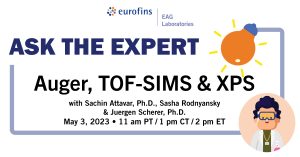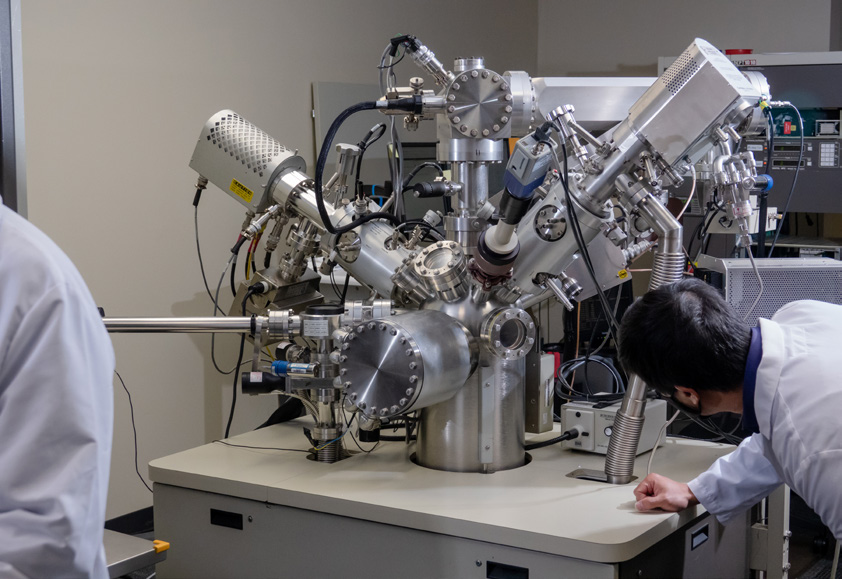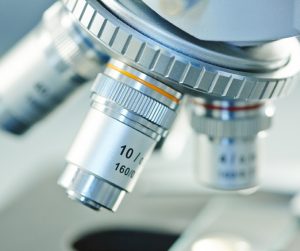
Ask the Experts: Auger, TOF-SIMS, XPS
Surface chemistry affects multiple properties including adhesion, wettability, appearance and cleanliness. Auger, TOF-SIMS and XPS are often used to understand chemistry in the top few nanometers of a sample surface.




